Growing vegetables indoors sounds impossible, but it is amazingly simple and requires little maintenance. Gardening is fun and you get to enjoy doing it indoors with the reward of a supply of fresh vegetables all year round regardless of the season.
It is especially useful for people with limited space for gardening. If you want to turn on your green thumb and try growing vegetables indoors, here is a guide on how to go about it.
Step 1: Choosing the Best Vegetables to Grow Indoors
While you may want to experiment with different plants, it is good to know that some vegetables grow indoors quickly while others require a little bit more patience before you harvest.
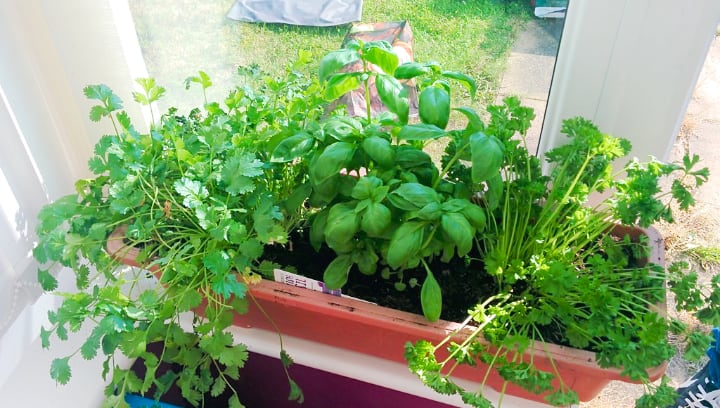
Growing vegetables indoors like leafy greens shorter time (usually 4 to 6 weeks). These include arugula, kales, lettuce, broccoli and spinach, and sprouts such as carrots, beets, and Brussel Sprouts among others. These also do well in compact spaces and are easy to grow.
They also love cool environments and moderate light to grow. Others like tomatoes and cucumbers take longer and require more space to grow. For a beginner, it is advisable to start with the easy-to-grow ones before advancing to others.
We have listed our top favorite vegetables to grow indoors. Along with each veggie are the top the reasons why you should start growing indoors too, and how you can perfect the art of growing vegetables indoors!
Carrots
Carrots are one of the fast-growing vegetables indoors. A huge reason why carrots make a great option for an indoor vegetable garden is its size. While you won’t probably get a huge carrot from an indoor garden, you can still get a good amount of nutritious orange goodness.
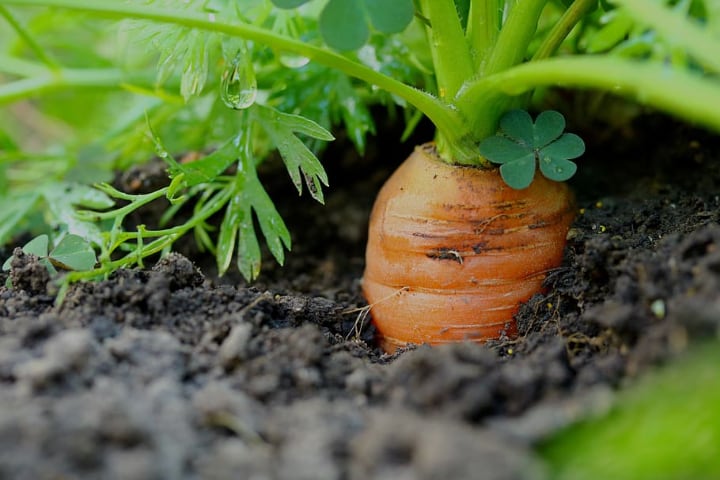
All you need is at least a 12-inch deep container for big carrot varieties or a 8-inch deep pot for smaller carrot varieties. Whichever you get, be sure to fill it up to two inch from the top with a moist potting soil mix.
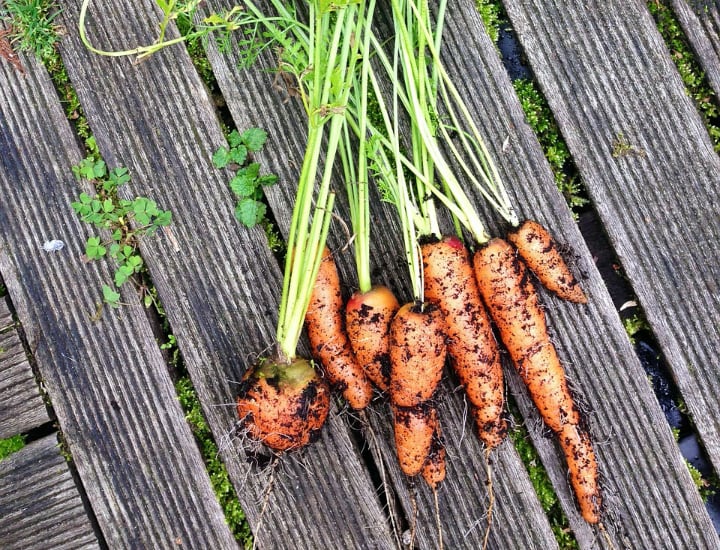
Then, plant your seeds 1 inch apart from each other and cover it with a quarter inch thick soil. Leave the pots on a sunny window where they can get at least 12 hours of sunlight.
Quick Tip! Keep planting carrots every other two weeks so you have harvests all year round.
Potatoes
If you think you’ll never be successful in growing vegetables indoors, think again. We’ve all left unconsumed potatoes in the cold dark spaces of cupboards and refrigerators before and we’ve all been surprised by their sprouts.
While this usual practice is called “forgetting I bought potatoes,” in the potato world, it is called chitting; which literally means placing a potato in a cool light place to encourage sprouts.
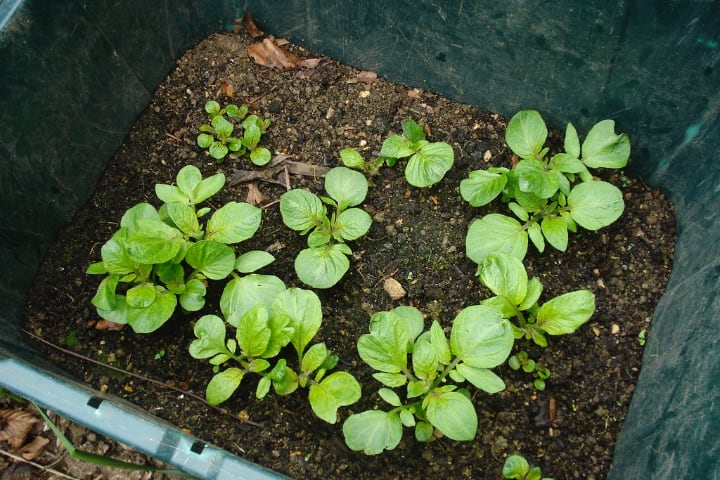
Since potatoes don’t require a lot of attention to grow, they make a perfect choice for growing vegetables indoors. The real question is how would you continue growing its sprout. This is where we come to the rescue!
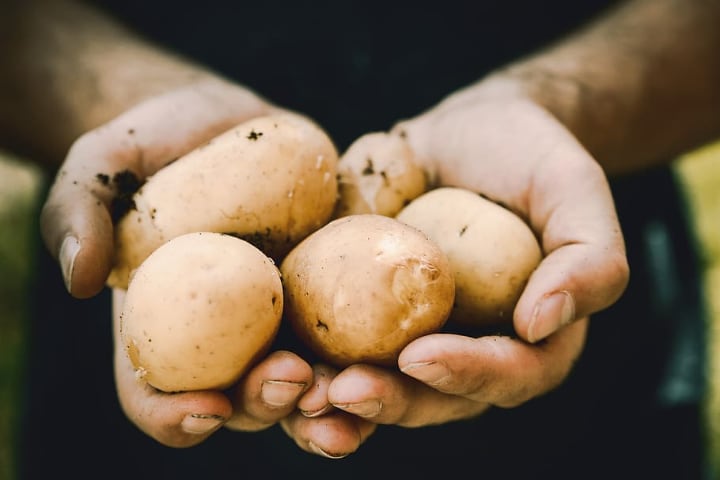
Once your potatoes have sprouted, find the potato eye that looks most promising and place it facing up inside a container (at least 2.5 gallons in capacity). The container should have 3-4 inches of soil.
Leave them by the window. Also keep adding soil above it as it grows so it remains under the soil. Here’s a complete guide on growing potatoes and sweet potatoes.
Quick Tip: Harvest your potatoes once they turn yellow.
Salad Greens
Salad greens are perfect for growing vegetables indoors because most of them love the cool temperatures indoors. Some are kale, spinach, arugula, iceberg lettuce, romaine lettuce, red lead lettuce and more. In just four weeks, you get a fresh harvest of indoor-grown salad ingredients.
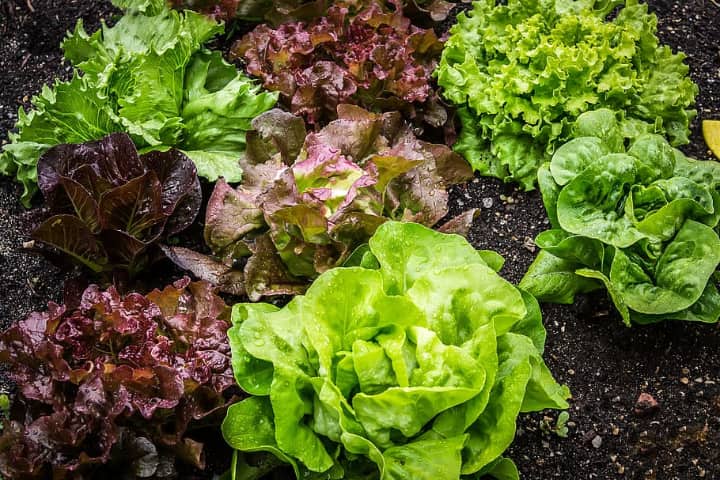
In general, salad greens need at least 12 hours of sunlight in a place with 60 degrees Fahrenheit. Be sure to get pots with drainage holes. Fill the pot with a soil mix, finger poke 4-inch apart 1/8 -inch deep holes on the soil, and sprinkle seeds to each. Then, cover it with soil and pat it down
Then, when it germinates, remove the small plants and leave the large ones because those are the strongest and healthiest shoots. As it grows, keep the soil moist to touch. Below are special instructions on growing our favorite salad greens indoors.
Lettuce
To grow lettuces indoors, the first step is to find lettuce mixes that say “cutting lettuces” or “leaf lettuces.” These are the ones you can repeatedly harvest leaves from and they will keep on growing back.
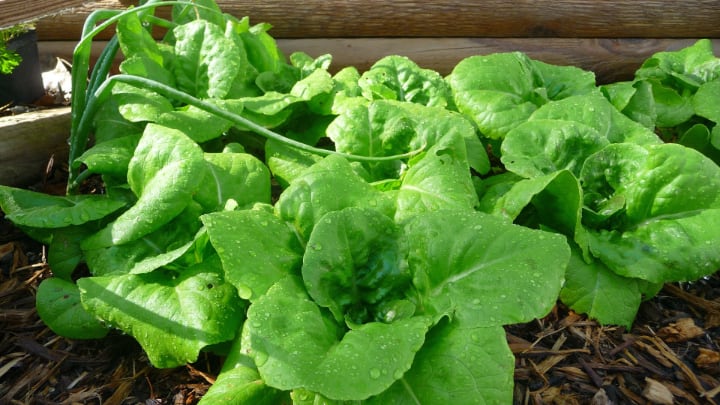
After that, plant the seeds on the surface of your prepared pot, and cover them with 1/8 inch of soil. Then, lightly mist the top with water. Lastly, leave them on a sunny window, wait for the strong seeds to germinate.
Arugula
In love with the nutty refreshing taste of arugula? You definitely should start growing this vegetable indoors! They are not only small, but also super quick to germinate and grow. Moreover, arugula loves cooler temperature, making them perfect for indoor vegetable growing.
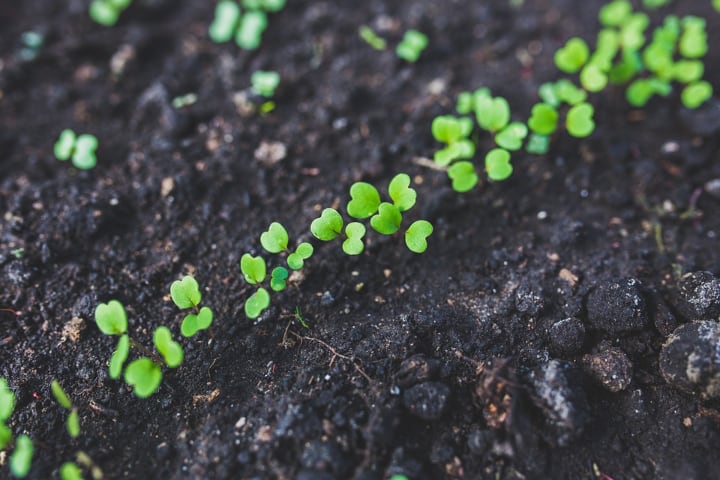
You can plant them the same way you would plant your lettuce plants. Just them thin out the weaker seedlings early to get the best out of your arugula plant. During harvest, get the bigger leaves so the small ones can grow for future harvest.
Kale
Once a garnish and now a superfood, kale is a great vegetable to grow indoors. Like arugula, you can harvest the bigger leaves and leave the small ones for a later harvest.
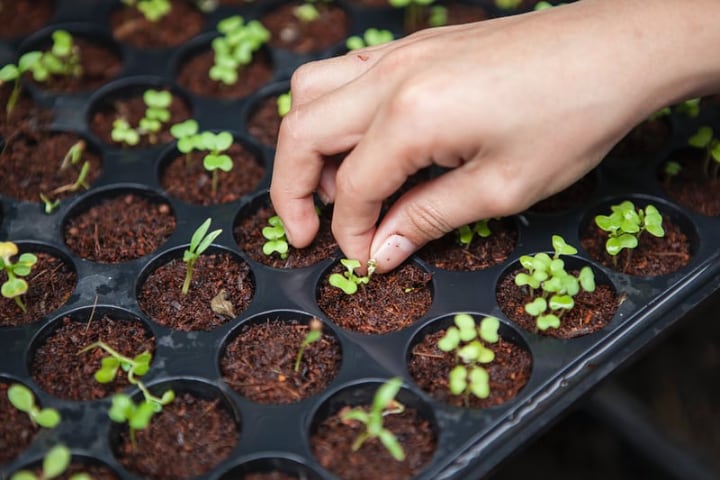
Plant a few seeds in a medium-size pot and cover with 1/2 inch of soil. Keep the soil moist and thin to one plant per pot, as kale can get pretty large.
Quick Tip: During harvest, pull off or use scissors to clip only the outer leaves of the salad greens. This will allow the vegetables to keep growing indoors.
Microgreens
While salad greens only take 4 weeks to grow, it can still feel tedious and gruesome to wait that long. No worries, you can also harvest your salad greens earlier. Yes, that’s a thing!
They are technically called herb and veggies seedlings but microgreens sound way cooler, and they taste amazing (like most baby-vegs do in their early life).
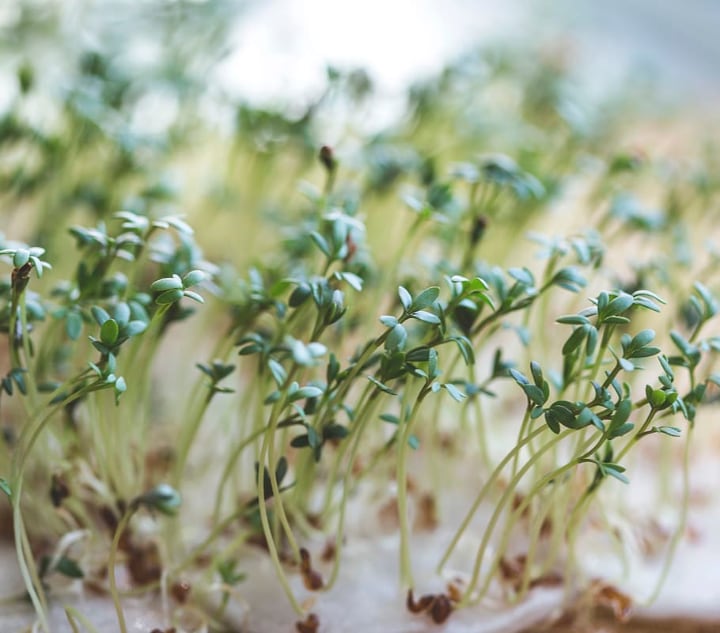
Microgreens need extra small space but they offer edible leaves that are packed with nutrients, about 40 times more than your regular leafy greens. Hence, they absolutely need to be part of our top growing vegetables indoors list.
All you need to do is sprinkle microgreen seeds (consisting varieties of radish, kale, swiss chard, beets, basil, dill, etc.) in a drained shallow tray.
You seedling trays of containers that are no more than 2-inches deep.. After that, cover the seeds with soil and lightly moisten it. Seeds with thrive in a 60 to 70°F (16 to 21°C) sunny windowsill.
The seeds will germinate in 3-5 days. After that, ensure it gets 12 to 14 hours of sunlight daily. Once the seedlings have grown to 1 to 2 inches high, grown 2 sets of leaves,, which is between 2 to 3 weeks from plant day, your microgreens are ready to harvest.
Quick Tip: When harvesting, hold the microgreens on their stems and cut off the leaves using scissors, while avoiding the roots. This ensures multiple harvests. You can store them for up to 5 days in the fridge.
Tomatoes
In contrast to our salad greens and microgreens, tomatoes love warm temperatures. In fact, they need 14-20 hours of sunshine. Don’t lose hope. You can still absolutely grow tomatoes indoors.
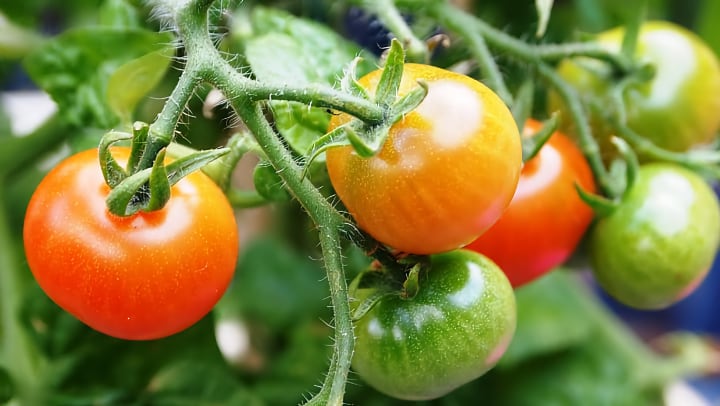
In choosing your indoor tomato seeds, look for small varieties since they germinate faster and do best in containers. You can also plant them on egg cartons.
Just be sure to cover the seeds with a quarter-inch of soil. In 5-10 days, the seeds will germinate. Once they are 3 inches high, transplant them from a starter mix to potting soil.
Since tomatoes are self-pollinating plants. fiving it a little shake will help spread the pollens from flower to flower.
At this time, you are not too far away from harvesting tomatoes. Be sure to set up a trellis around the plant to support it.
Quick tip: Red and firm tomatoes are best to harvest. Simply twist it from the stem.
Mushrooms
Growing mushrooms indoors can be a bit challenging but it is possible with mushroom growing kits. Just follow the instructions and you are good to go.
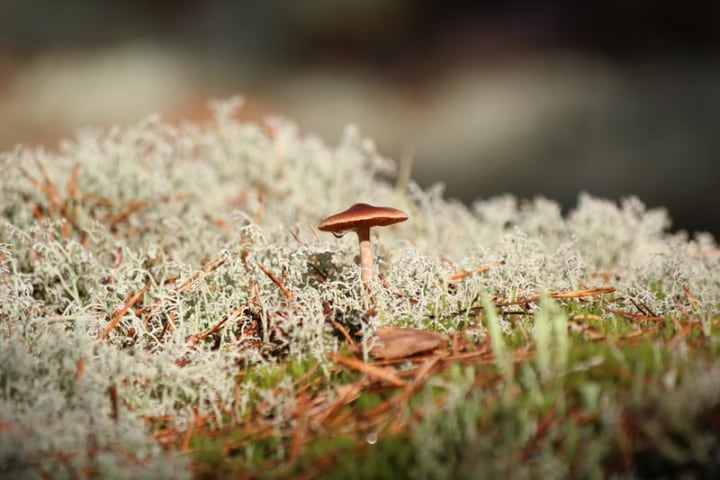
For a detailed guide on growing mushrooms, be sure to check this post on growing mushrooms at home.
Herbs
Herbs like basil, parsley, cilantro, chives, oregano, rosemary, mint, thyme, and sage can all be planted indoors.
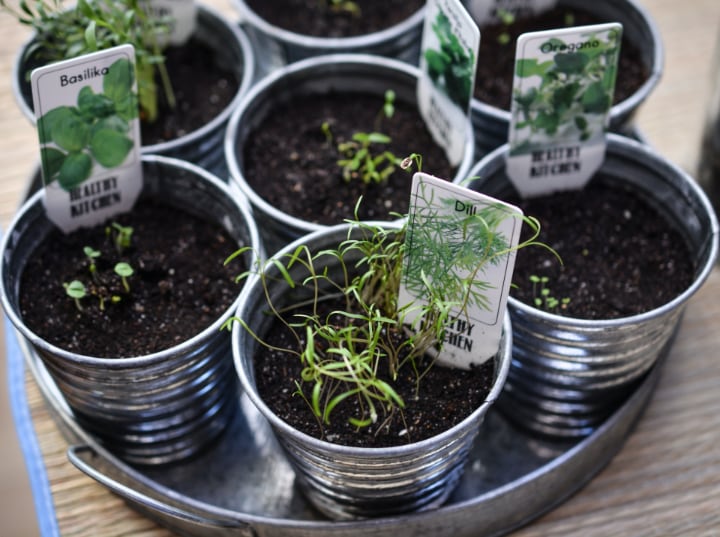
They all love sunshine so be sure they have 12-16 hours.
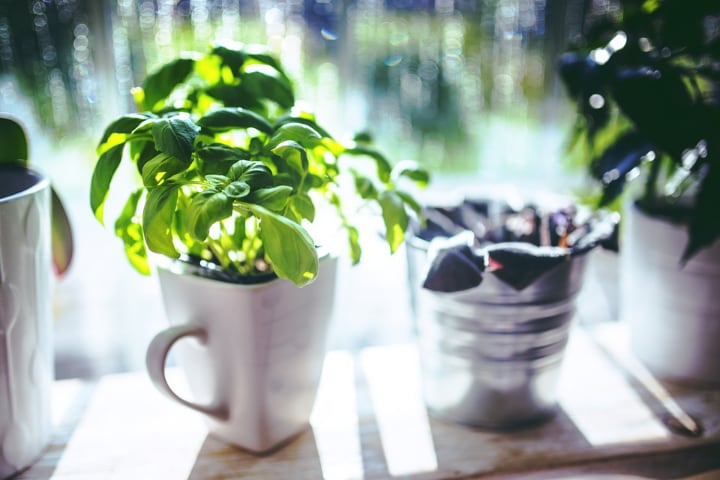
Preferably, they are located in a spot where the temperature is 70 degrees.
Garlic
Growing garlic bulbs indoors can be a little bit tricky but we have a definitive guide written here that will help you achieve that. On the other hand, you can also grow garlic greens which you can use like green onions or scallions.
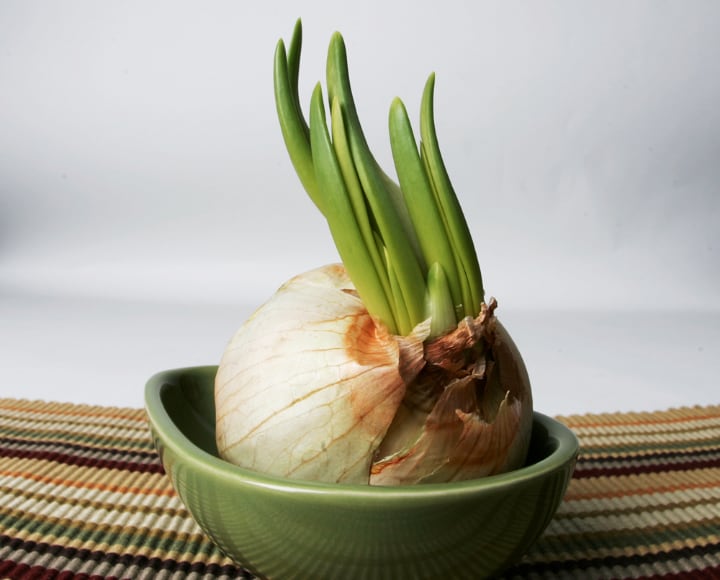
All you need to do is shatter the garlic bulbs. Place them on a 4-inch deep pot (used quart-size yogurt containers will also do). In just a week, you should see green garlic shoots sprouting out.
Quick Tip: Eight to ten inches is a greta height to harvest the garlic shoots.
Scallion
Saving the best for last, scallions take the top spot on the easiest plant to grow indoors Therefore, it absolutely deserves to be part of our easiest and fastest-growing plants indoors. Some local grocers or farmers market sells scallions with the roots still present.
If that’s the case, simply bury the roots in soil, up to the white part and let it grow indoors. You don’t even have to place them by the window because scallions don’t need that much sunlight.
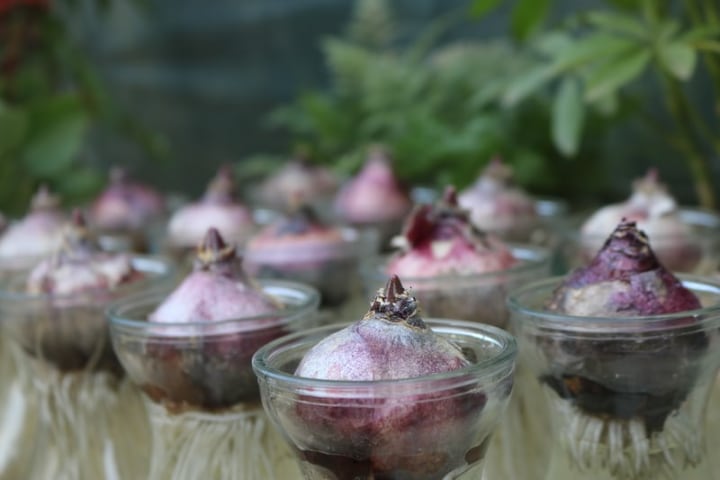
On the other hand, you can also buy a bunch of onion bulbs. Wrap them together with a rubber band and put them in water. Change the water daily. Soon, you’ll see some sprouts from the onion bulbs. Let it grow further until you have scallions to harvest.
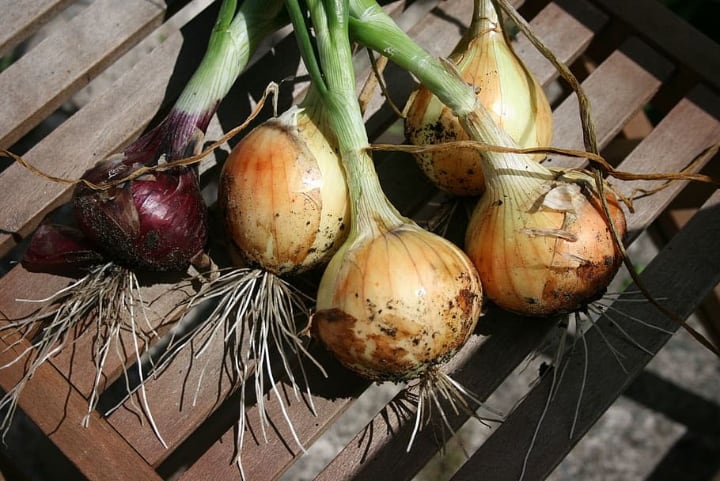
Quick tip: You can keep scallions fresh on the fridge for up to 1 week. To maximize its freshness, you can wrap the scallions in moist paper towel and placed inside a plastic wrap or container.
Step 2: Getting the Best Supplies for Growing Vegetables Indoors
The following are the supplies you will need for growing vegetables indoors.
Lights for Growing Vegetables Indoors
Photosynthesis is an important process for any plant to grow which requires light to occur.
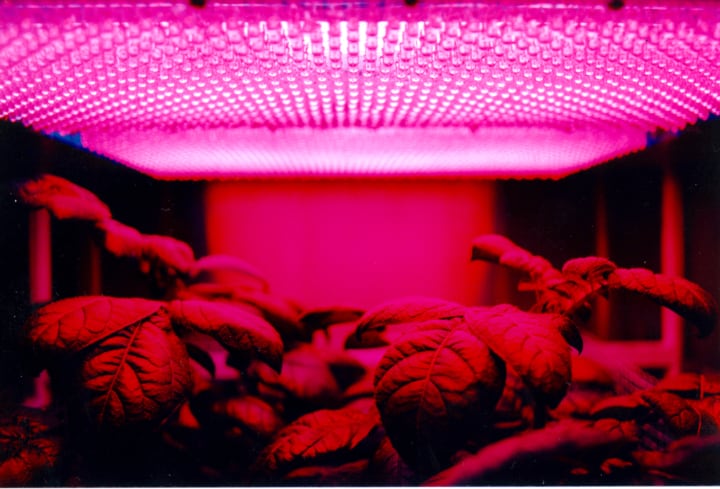
If your vegetables lack enough light they will grow thin with small leaves and fail to flower or fruit.
Are you ready to take your indoor vegetable growing to the next level? Below are our top favorite indoor growing lights.
Containers for Growing Veggies Indoors
The recommended containers should be deep enough to allow enough room for the roots to grow. They should also have drainage holes since leaving the plant in soggy water can kill the roots.
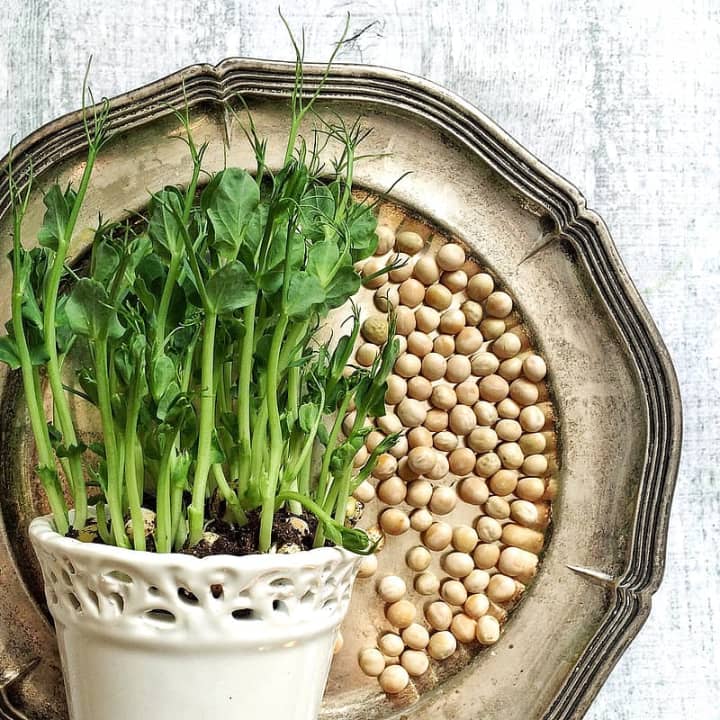
How big the container you will need will depend on the vegetable you are growing in it.
It is always hard to decide which container to get as there are a ton of options online. To make this process easier for you, here are our top 3 favorite indoor growing containers.
Select the Best Planting Medium for Growing Vegetables Indoors
The appropriate growing medium for indoor vegetables should be able to drain well and remain loose while still holding moisture and nutrients. Soil from outside is not an ideal medium since it might contain weed seeds or pests.
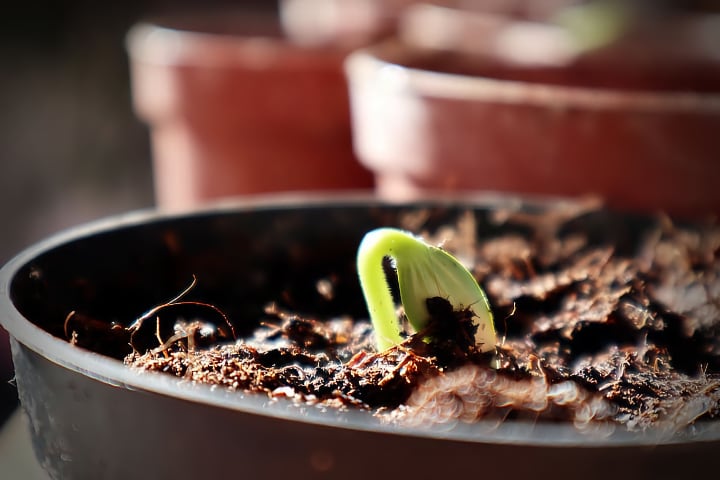
If you plan to start from the seed, get a basic seed starting mix, and later transfer the plant to an organic potting mix that you can purchase locally.
For better growing, select the best types of soil for your growing vegetables indoors. Here are the top 3 soil mixes we love to use.
Promote Air Circulation to Your Growing Vegetables Indoors
In growing vegetables indoors, your plants will require good air circulation to help with pollination. It also helps in keeping problems such as molds, pests, and fungus growth away. You can use an electric fan to help with this, just use a timer to run for a few hours at intervals each day.
Let Growing Vegetables Indoors Thrive with Best Humidity
Plants need the right amount of humidity to thrive, which can be a challenge indoors especially if you run a heater in the house. If you notice the plants looking withered, losing their leaves or turning brown on the tips, they are not having enough humidity.
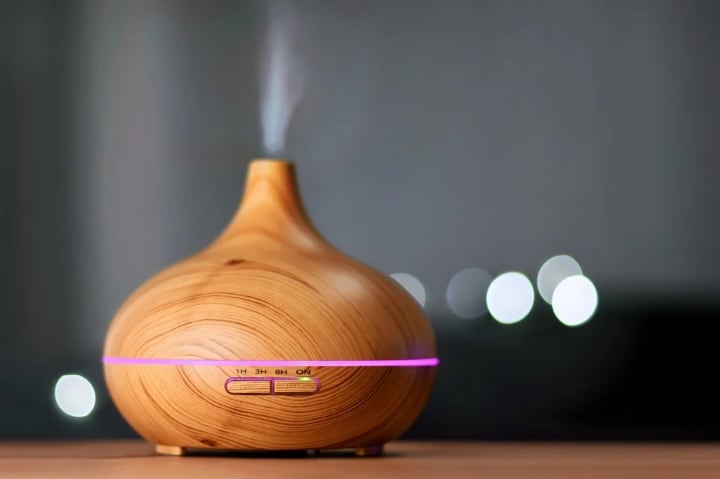
Fill a tray with lava rocks and water near the plant, mist them daily, run a humidifier, or move them close together to increase the humidity.
In order to control the humidity in your indoor garden, be sure to get these tools for humidity below.
Best Fertilizers for Growing Vegetables Indoors
Indoor plants take up nutrients pretty fast as compared to their outdoor counterparts. You will be required to give your vegetables a boost using fertilizer. Ensure you follow instructions on the package to ensure you are using the right amount and doing it at the recommended frequency.
Check out our top 3 go to fertilizers below.
Step 3: Learn how to take good care of your growing vegetables indoors
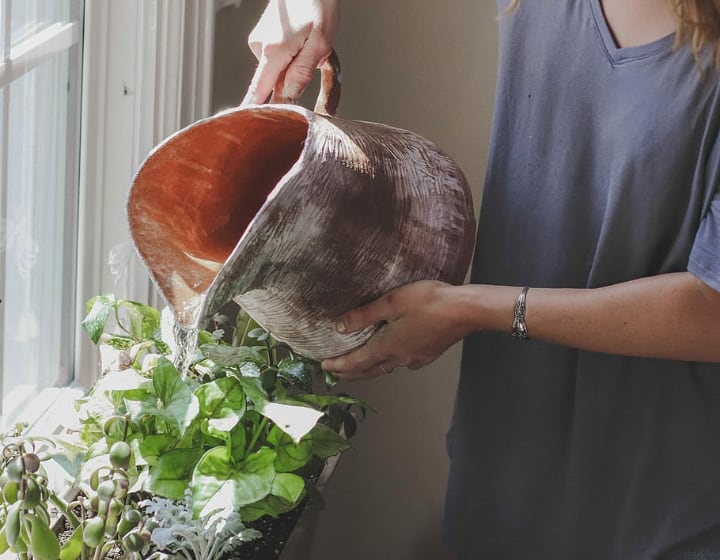
When growing vegetables indoors, your vegetables will need to be nurtured well for them to thrive and give you your desired results.
Make it a habit to check them every day to ensure they have everything they require. The soil should remain moist; water the plants if it feels dry.
Ensure that you do not overwater them to avoid the dampness from rotting the roots. Check on the lights and fan to make sure they are working fine. If you are relying on sunlight, move the plant near or further depending on how they are doing.
Start growing vegetables indoors today!
Growing vegetables indoors require patience as they grow slower than they would if they were outside. Even with that, the thought of having delicious salads from your indoor garden should give you the right inspiration to get planting.
Get real with experimenting with different vegetables though, producing a giant cabbage will prove a feat in an indoor garden.

Leave a Reply